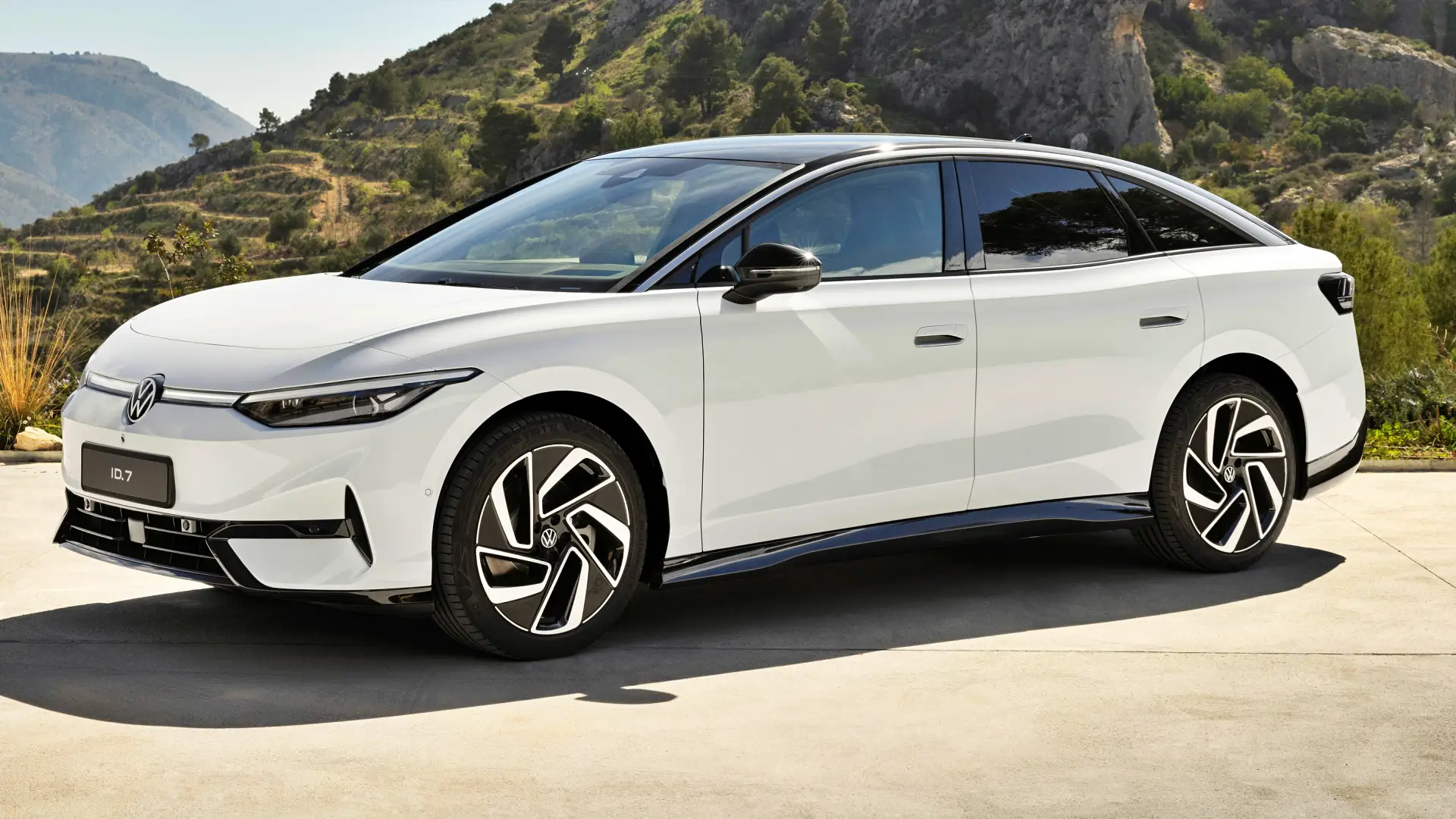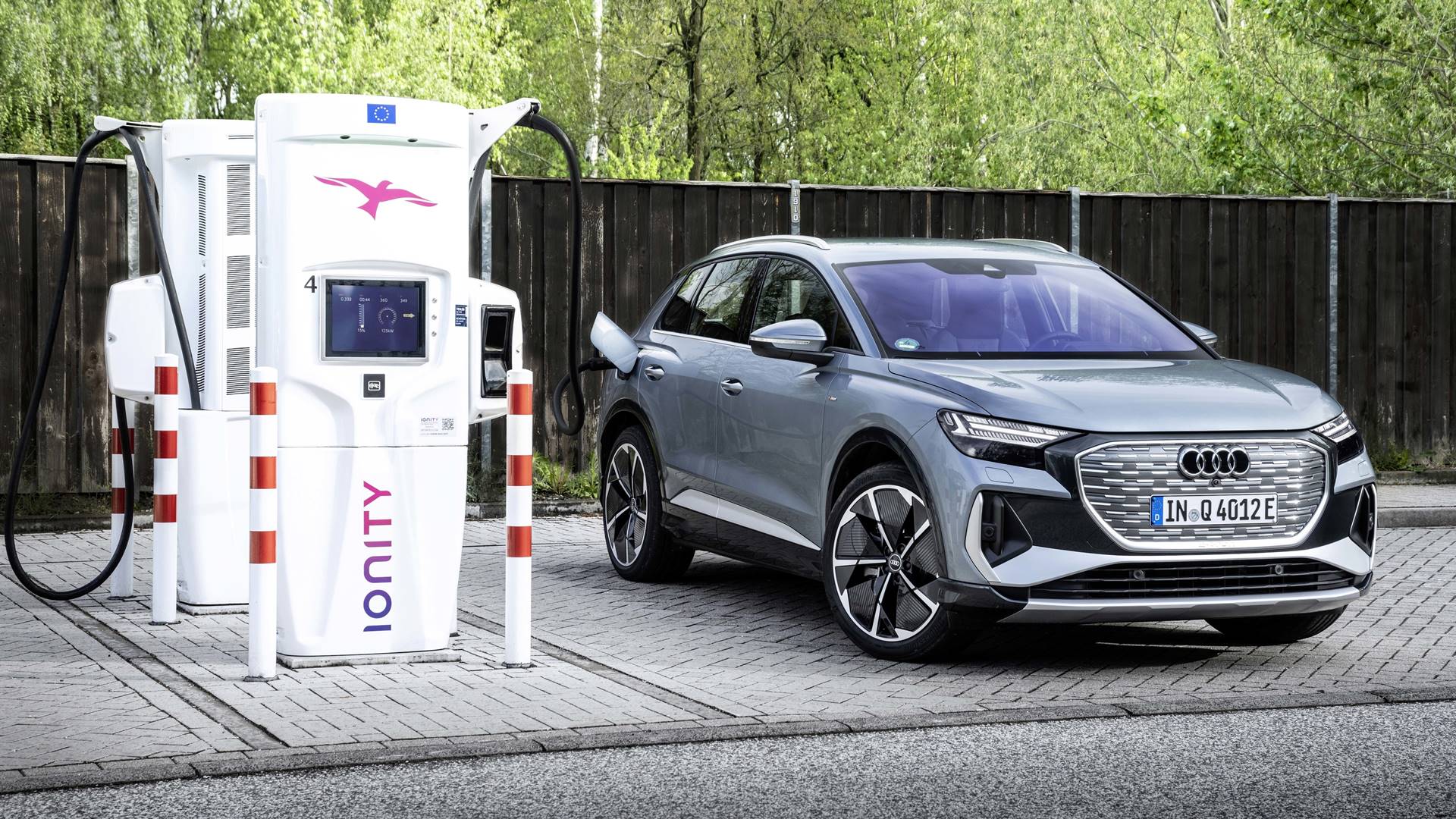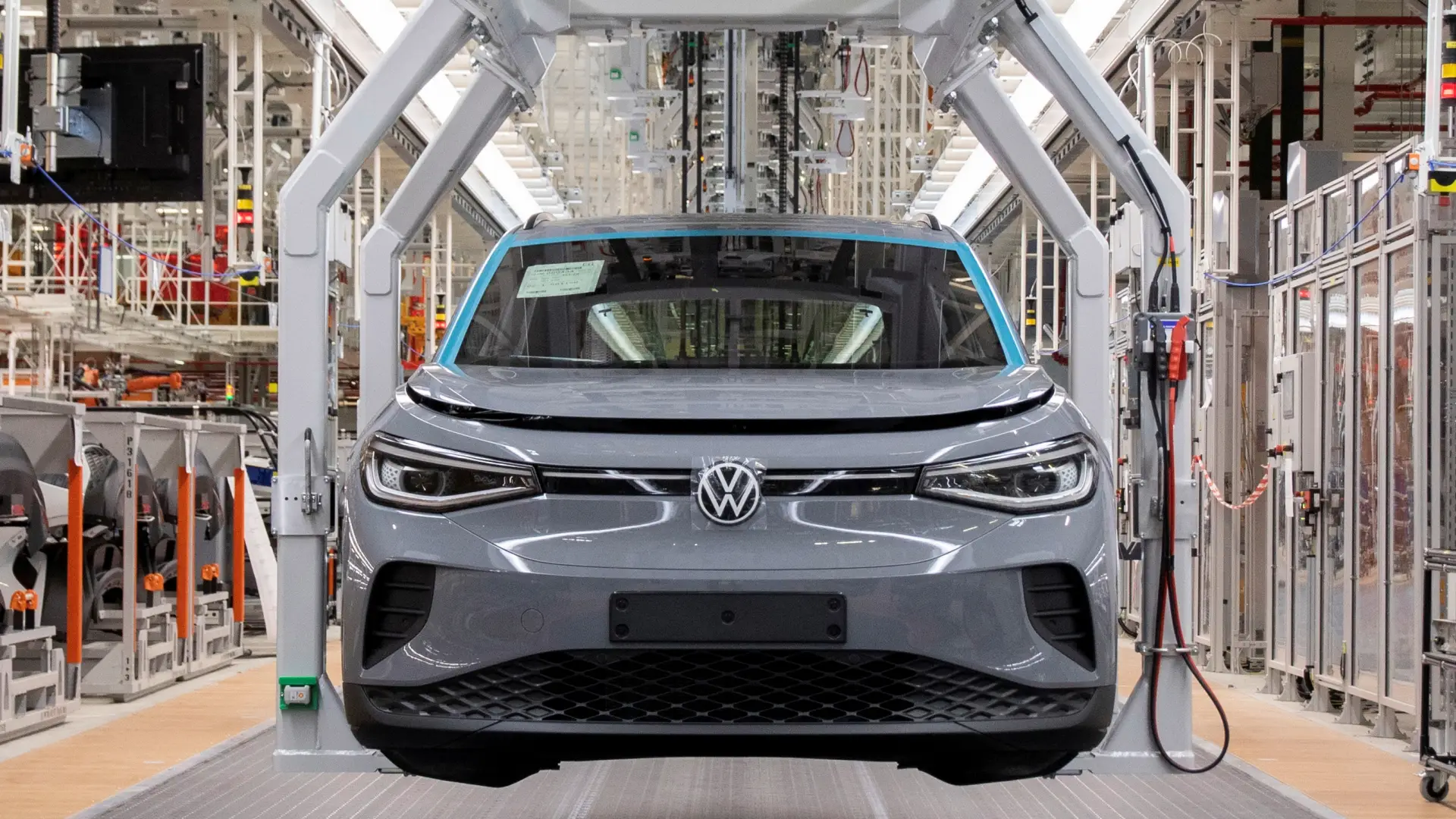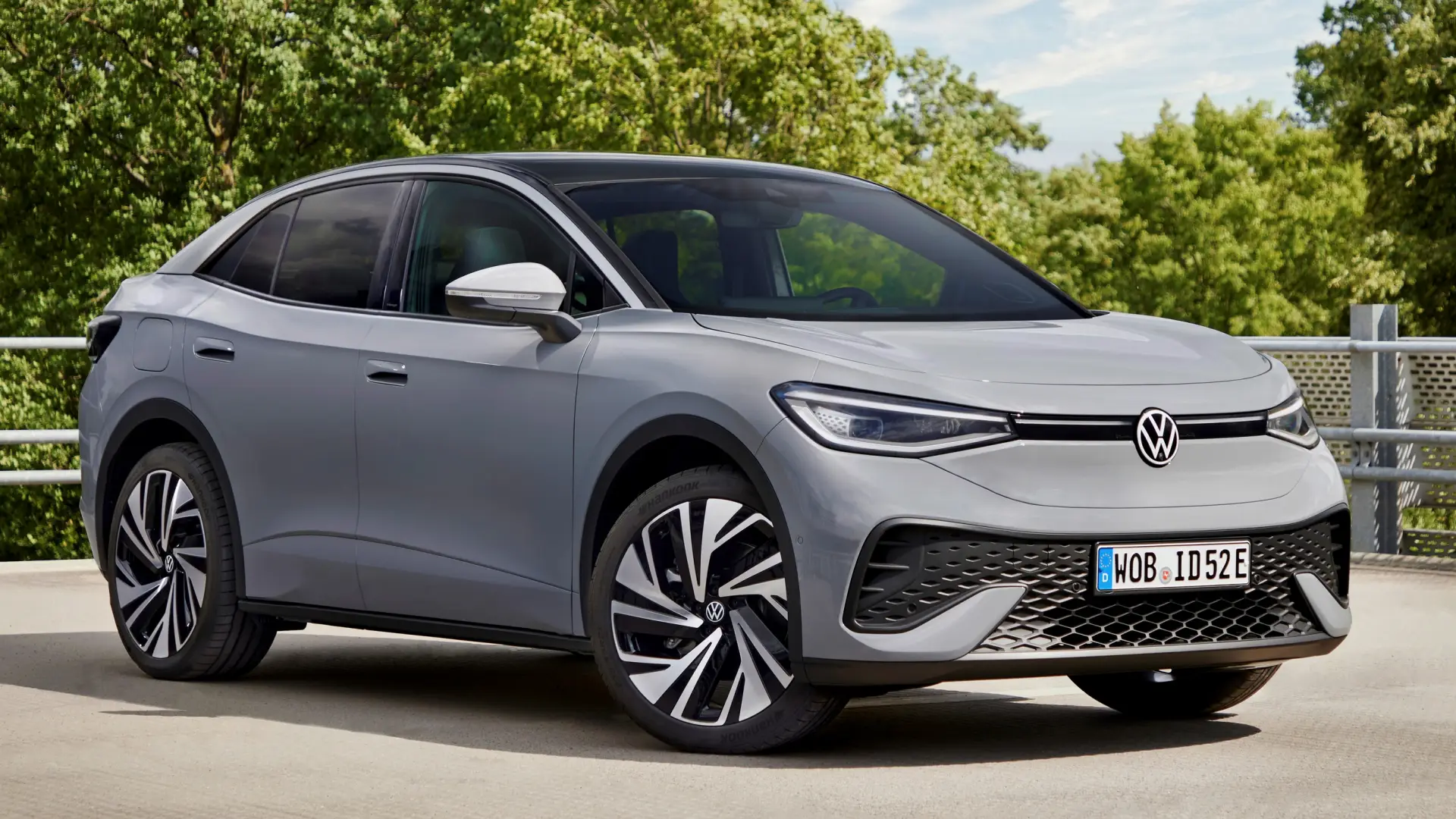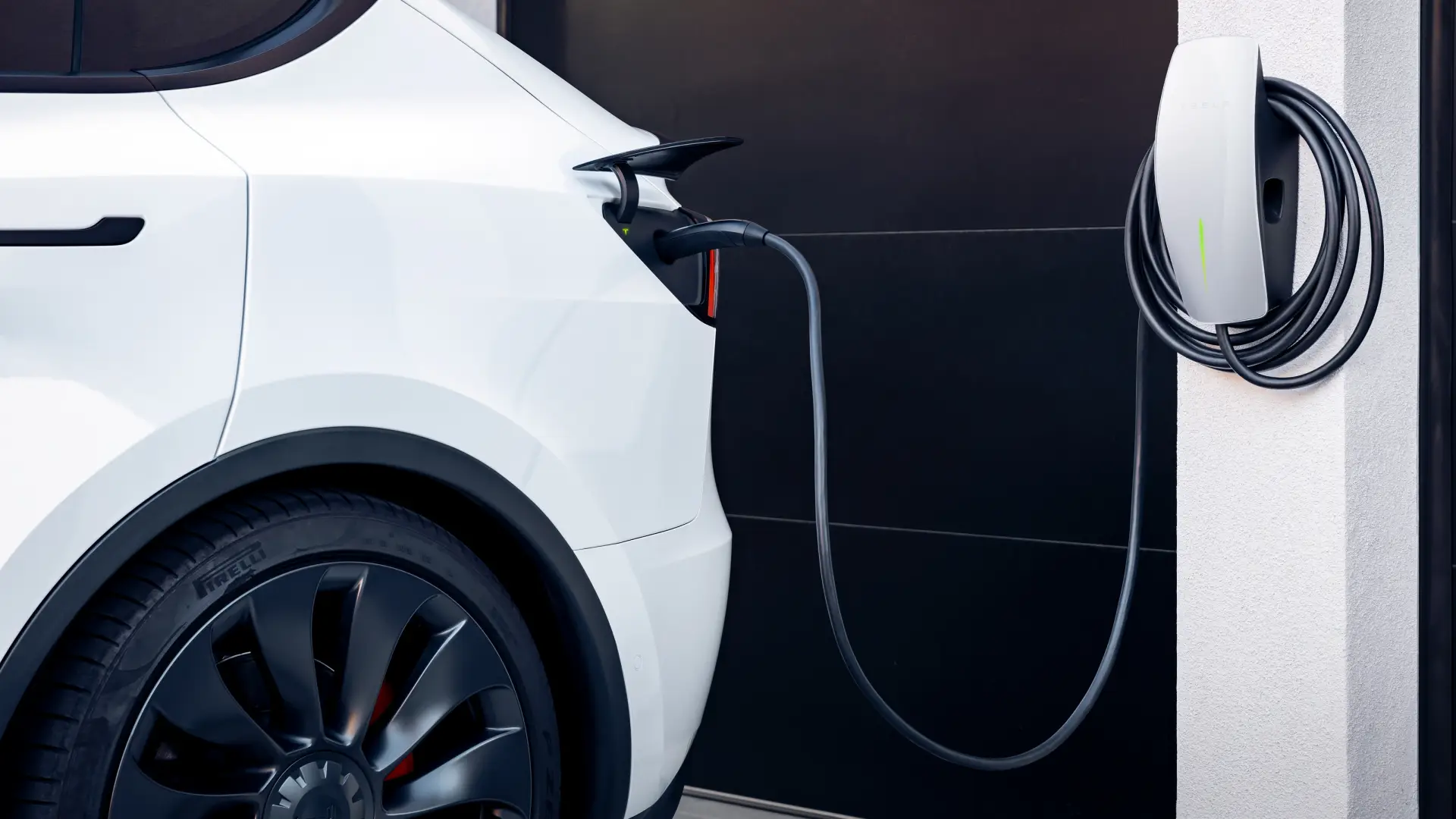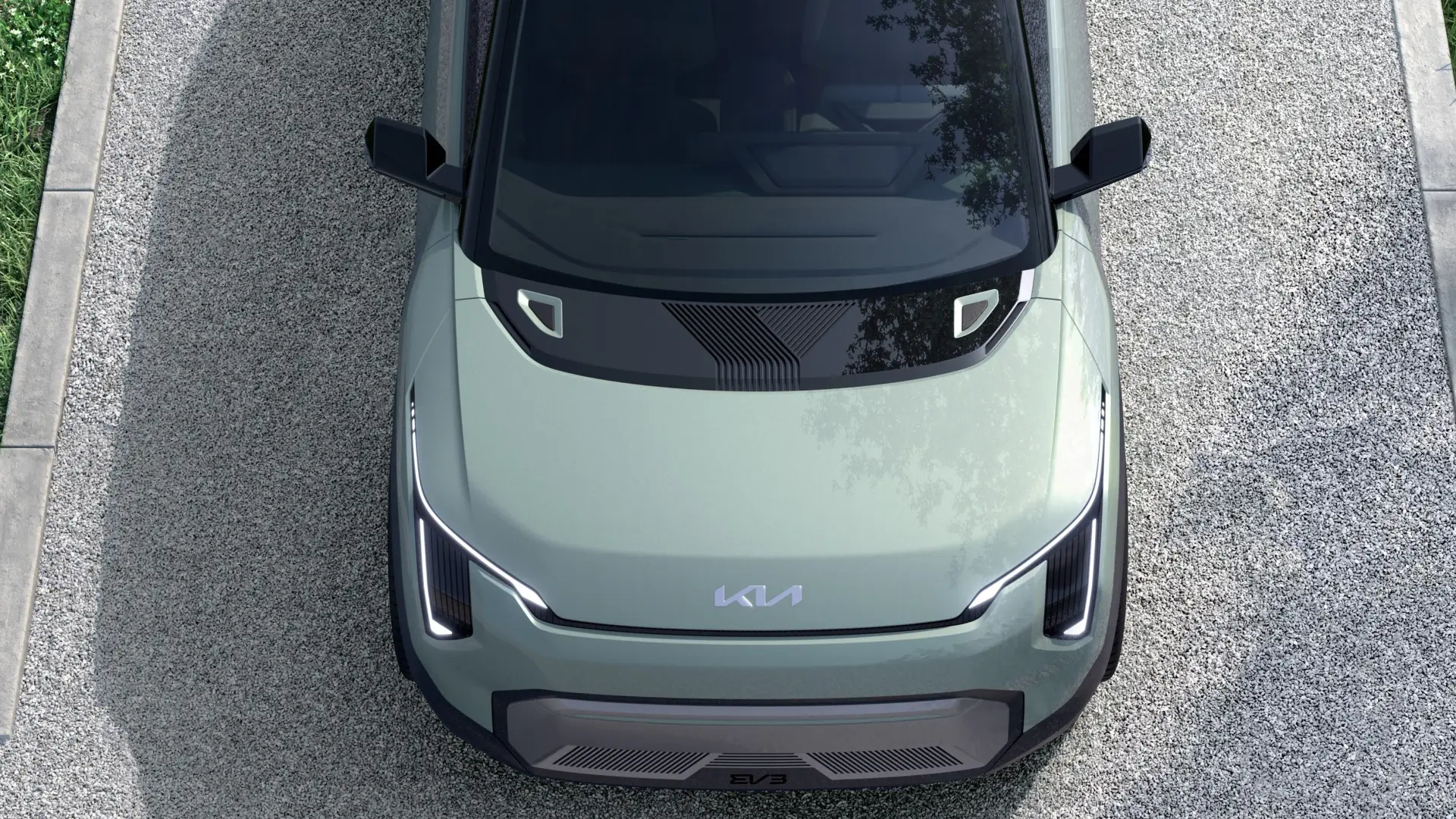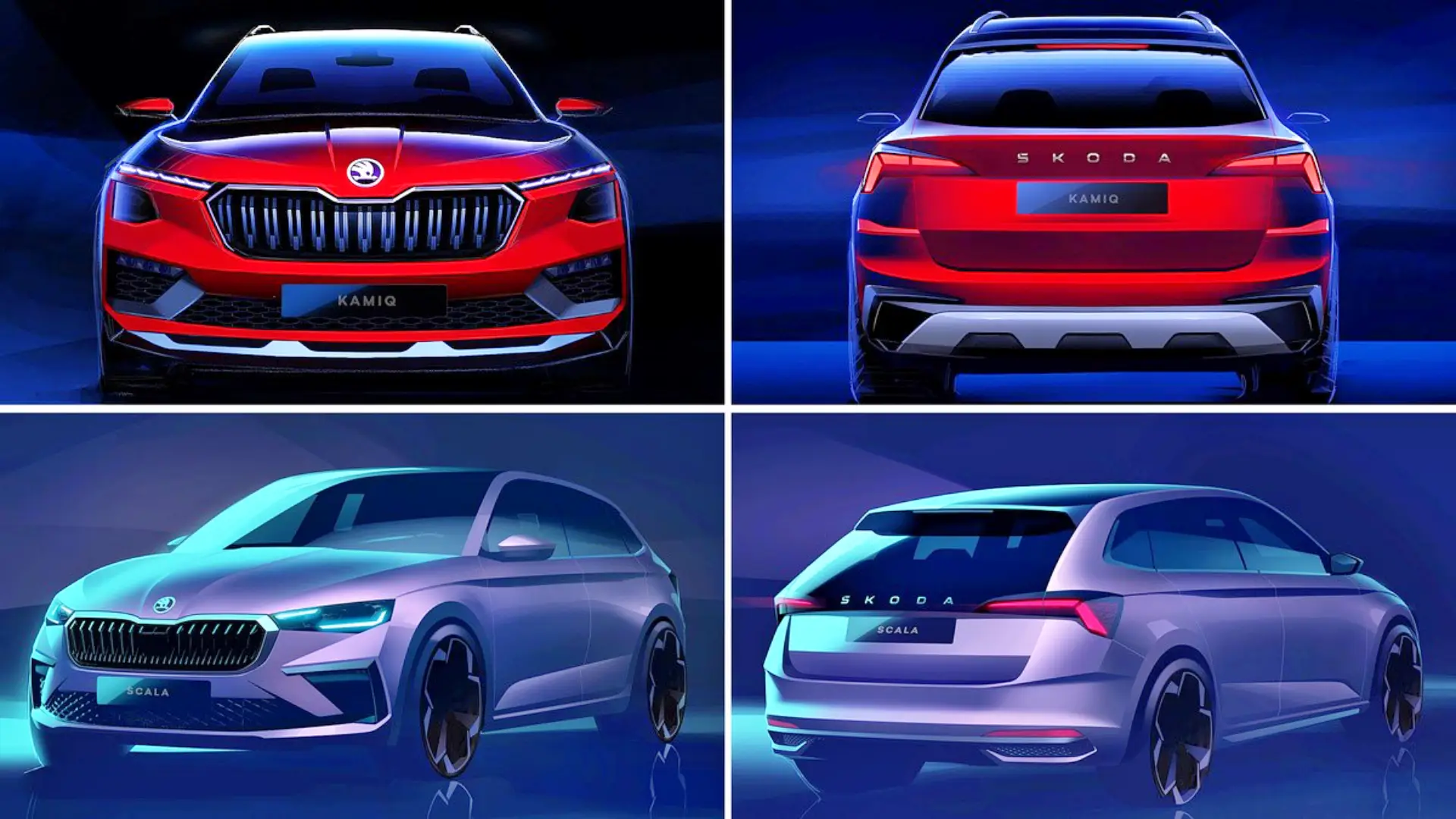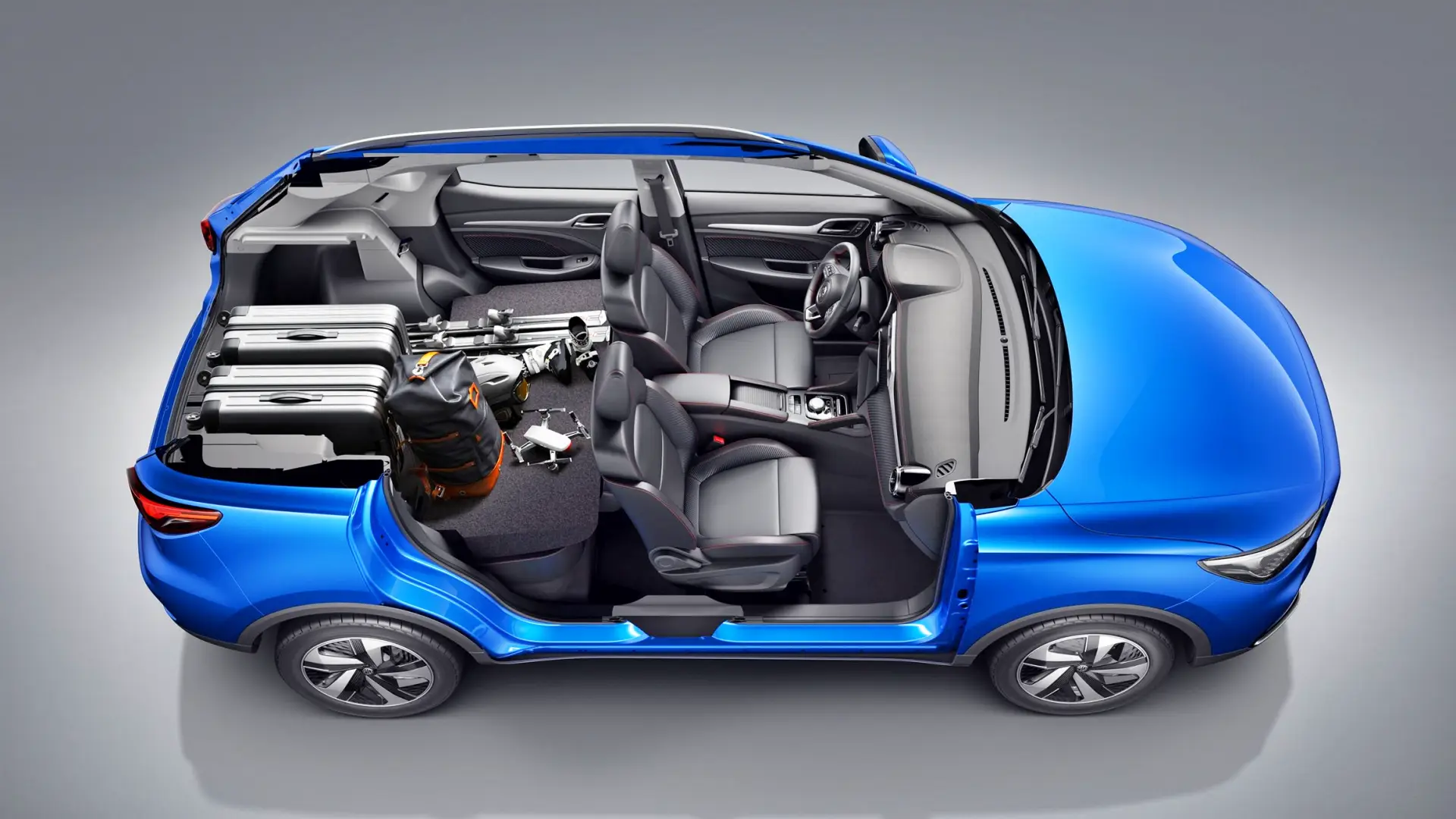After a delay caused by low demand for its electric models, Volkswagen has started production of the ID.7. A modern hall currently being assembled at the Emden factory.
As we remember, Volkswagen has been forced last June to cancel a shift at its factory for several weeks, due, according to the brand itself, to the fact that the demand for its electric range is currently below expectations. Specifically, those responsible for the group indicate that this is 30% below the expected figures.
Originally, the ID.7 was scheduled to start manufacturing in July; however, at the time it has been postponed until this week when the machines in the facilities that will shape it have been turned on.
The success of this model will depend on maintaining employment in Emden since the Passat will cease to be produced at these facilities at the end of the year.
This is the Volkswagen ID.7
The ID.7 is a sedan designed as a substitute for the Passat and especially the Arteon, which falls into the D+ segment, and although it has been compared to the Hyundai IONIQ 6 or the Tesla Model 3, the reality is that its 4.96 meters long they are closer by size to the Tesla Model S or Mercedes EQE.
Its lines reflect a subtle but obvious evolution of the characteristic design language of the ID range. Its style, more sober and Germanic, is powerfully reminiscent of the restyling of the ID.3, maintaining characteristic elements such as the sharp optical groups or the light bar on the front.
Aerodynamics has been one of Volkswagen’s priorities, which has not neglected a key aspect of a sedan designed for travel. Its coefficient stands at just 0.23, to optimize its efficiency, reduce consumption, and maximize range. This is evident when you look at the recessed door handles and the gently sloping roofline to the edge of the boot, a slim profile that is perfectly complemented by the satin-finished side scoops.
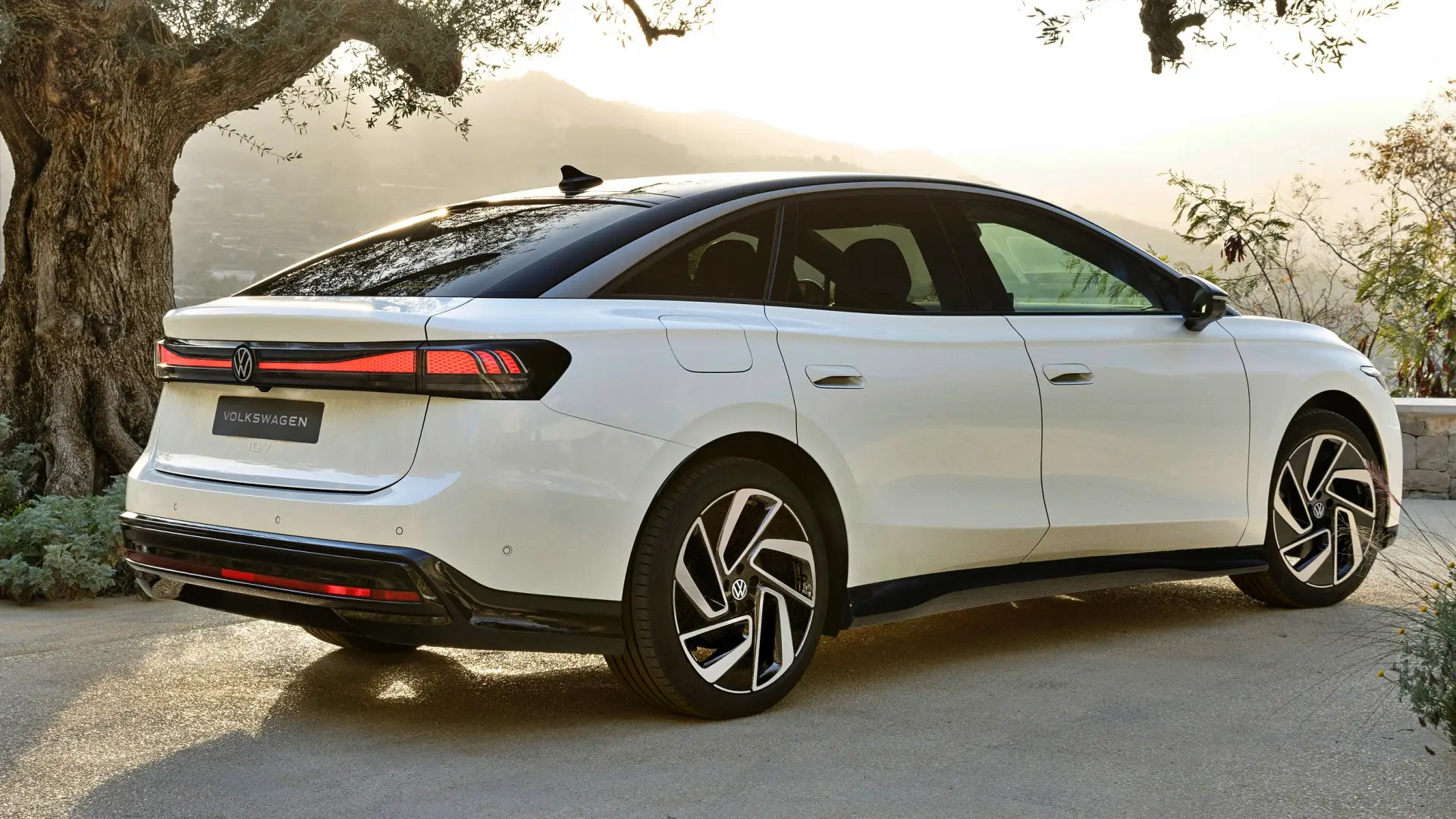
The ID.7 will be launched with a new, more powerful, and efficient engine capable of delivering 210 kW (286 CV) which will be associated with two 77 and 85 kWh batteries. The range will be 615 km WLTP with the first pack and 700 km WLTP with the second. Both variants will take 25 minutes to go from 10 to 80% charge, reaching a peak power of 170 and 200 kW in direct current.
Reservations opened last May, while the first deliveries in Europe will wait until autumn. Will this new European electric be successful? Well, without a doubt, it is located in a segment traditionally in great demand in our market, but which has been overwhelmed by the tsunami of SUVs.
A large part of its possibilities will be both in production capacity and above all in price. And it is that despite the reservation book being open since May, we still do not know what the ID.7 will cost.
But if we think that the Volkswagen ID.5 starts at 54,255 euros in Spain, it is to be assumed that the ID.7 will not fall below that figure, most likely being in the range of 60,000 euros. Very close to the 58,010 euros of the Hyundai IONIQ 6 Long Range, and below the price of the Mercedes-Benz EQE, 77,730 euros, and the Tesla Model S, 107,490 euros.
Although it will also be well above a Tesla Model 3, which as we remember in its Long Range version is priced at 49,990 euros.

